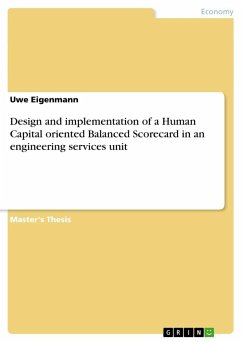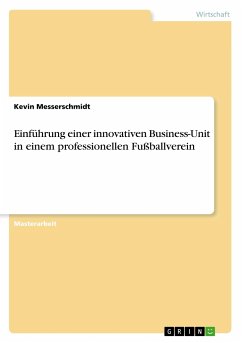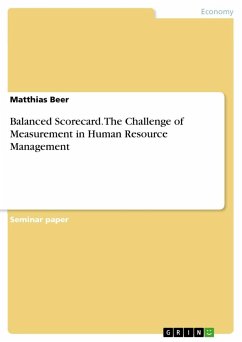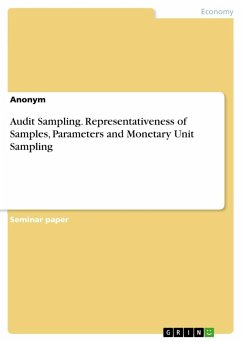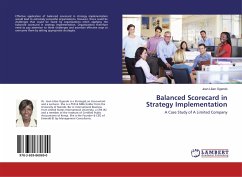Master's Thesis from the year 2005 in the subject Leadership and Human Resources - Miscellaneous, grade: 2,3, University of Applied Sciences Ludwigshafen, language: English, abstract: AbstractThe utilization of employees often is the only measure for success of engineering services units. The question how many days of paid services can be billed to a customer is so dominant that other aspects are completely neglected. However, focusing on maximizing just one, financial, value - revenue by employee - might not be sufficient to guarantee sustainable success. The aim of this dissertation is to develop a management instrument for an engineering services unit based on the balanced scorecard approach. Even though the value of human capital often receives only little attention, employees are the key differentiator of an enterprise. The knowledge, experience and attitude of people can not easily be copied by competitors. Since human capital's contribution to business success is difficult to measure, it often plays no role in management systems. This situation can only change if the value of human capital can be determined and represented. The term "human capital" is explained in more detail in the first part of this work. What is human capital and why is it becoming increasingly important? Several approaches to determining human capital are described and analysed. In the second part of this work, a Balanced Scorecard is developed on a step-by-step basis for an engineering services unit. Particular attention is paid to the human capital aspect. However, the purpose of this work is not to develop a scorecard that serves only to assess and control human capital variables. Examples of such dedicated Balanced Scorecards are the HR-Scorecard and the Human Capital Management Scorecard. However, these Scorecards may complement the traditional Scorecard, but cannot replace it. They are focused on human resource figures only and thus are not linked with other measures, such as financial indicators. The Balanced Scorecard to be developed for the engineering services unit should reflect the strategy of the business unit. The idea is to use this Balanced Scorecard as a management tool in future. Therefore the Balanced Scorecard design will follow the traditional approach but put special emphasis on human capital.

